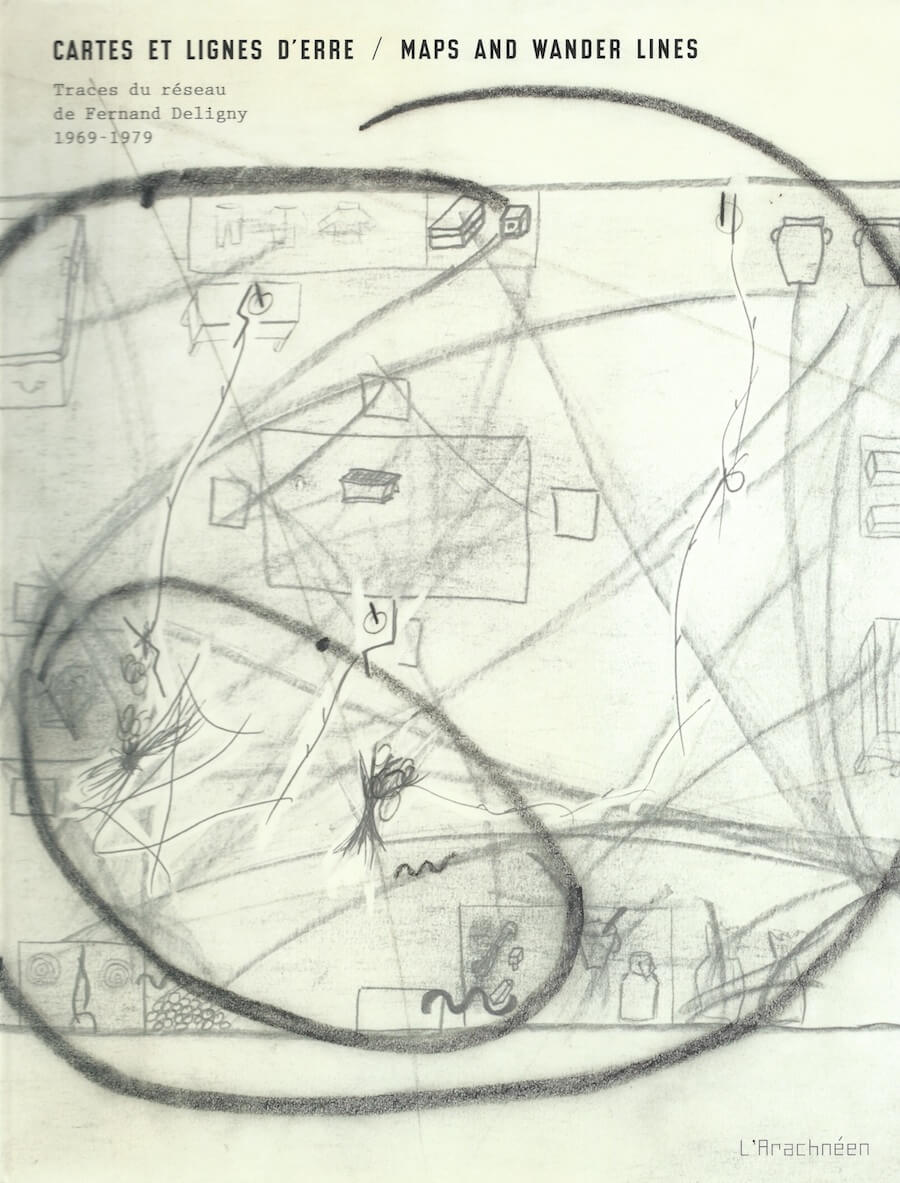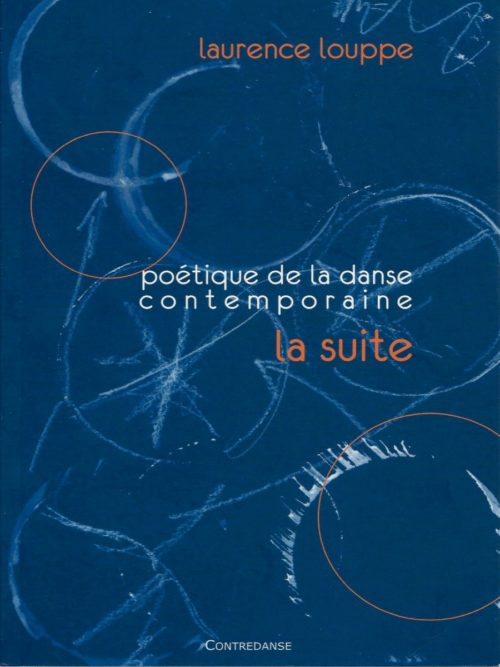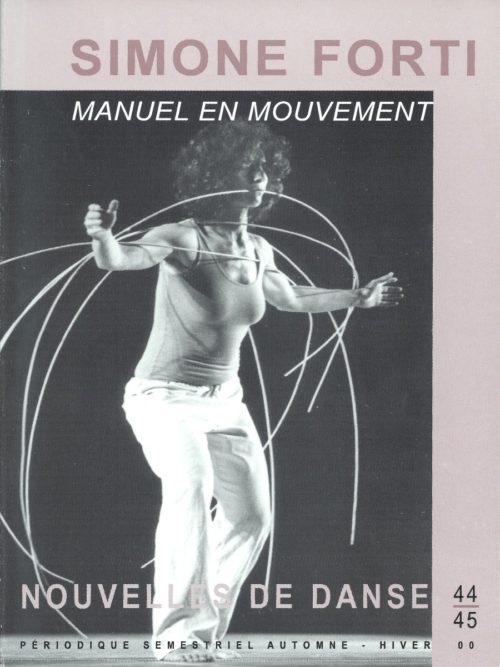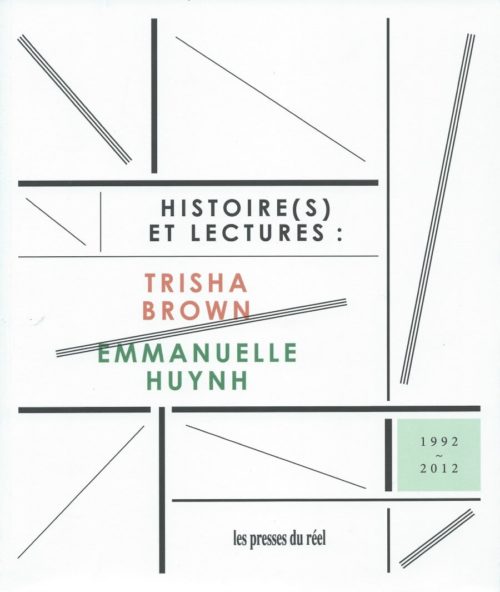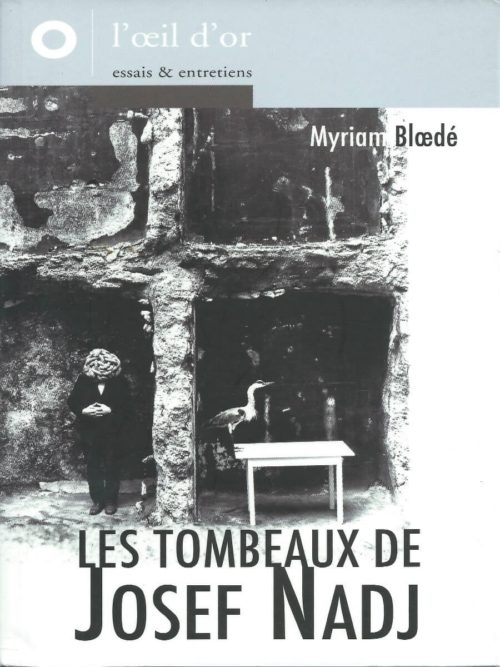Cartes et lignes d’erre/Maps and Wander Lines – Fernand Deligny, 1969-1979
Auteurs/Authors: ouvrage collectif sous la direction de Gisèle Durand et Jacques Lin
Editeur/Publisher: Éditions L’Arachnéen (2013)
Relié/Hardcover: 416 pages
Langue/Language: Français/Anglais, French/English
ISBN13: 978-2-9541059-0-1
En stock (peut être commandé)
60,00€
RÉSUMÉ
En 1968, Fernand Deligny fonde un réseau de prise en charge d’enfants autistes dans les Cévennes, à Monoblet. Quelques années plus tard (1975-1976), il consacre trois numéros de la revue Recherches, fondée par Félix Guattari, à cette expérience qu’il mène en marge des institutions éducatives et psychiatriques. Deligny n’est pas psychiatre. Il parle d’ailleurs plus volontiers d’enfants mutiques qu’autistes. À une époque où la prise en charge de l’autisme infantile est encore mal assurée, il propose un milieu de vie organisé en aires de séjour dans lesquelles les enfants vivent le coutumier auprès d’adultes non diplômés (ouvriers, paysans, étudiants). À ces éducateurs qui n’en sont pas – il les appelle les présences proches-, il propose de transcrire les déplacements et les gestes des enfants. Dans chacune des aires de séjour – situées à une quinzaine de kilomètres les unes des autres – et durant dix ans, au jour le jour (le soir ou le lendemain, parfois plusieurs jours après), les adultes tracent des cartes sur lesquelles ils reportent leurs propres trajets puis, sur des calques, les lignes d’erre des enfants. « Pour rien, pour voir, pour n’avoir pas à en parler, des enfants – là, pour éluder nom et prénom, déjouer les artifices du IL dès que l’autre est parlé. » Ces cartes ne servent ni à comprendre ni à interpréter des stéréotypies ; mais à « voir » ce qu’on ne voit pas à l’œil nu, les coïncidences ou chevêtres (lignes d’erre qui se recoupent en un point précis, signalant qu’un repère ou du commun se sont instaurés), les améliorations à apporter à l’aménagement de l’espace, le rôle des objets d’usage dans les initiatives des enfants, leur degré de participation à telle tâche coutumière au fil des jours, l’effet sur eux du geste pour rien d’un adulte (un signe, un repère supplémentaire), etc.
Le livre rassemble près de deux cents cartes retrouvées dans les archives en 2010 par Gisèle Durand et Jacques Lin, compagnons de route de Deligny. Il se compose de onze chapitres ou sections, ordonnés chronologiquement et par aires de séjour. D’un lieu à l’autre, les mains qui tracent ne sont pas les mêmes : le « style » de Jacques Lin et Gisèle Durand n’est pas celui de Marie-Dominique Vasseur, Thierry Bazzana ou Nicole Guy. Les modes de transcription changent également : avec le temps, le vocabulaire graphique s’enrichit, devient très ou trop abstrait (à l’image du haut degré spéculatif de la recherche de Deligny), puis revient à un tracer plus simple et plus lisible. Ce sont pourtant les mêmes principes qui inspirent les auteurs de ces cartes : se déprendre d’eux mêmes dans une forme d’écriture, et enregistrer les traces de l’humain de nature que Deligny voit persister là où le langage se retire.
La superposition des calques fait apparaître un territoire centripète, à l’intérieur duquel les enfants circulent en tous sens, attirés par des présences, des gestes ou des objets, des foyers de vie. De la trame des trajets et des lignes d’erre se dégagent des points constants où les enfants reviennent se poster, des lieuxchevêtres où se conjuguent la présence d’un adulte et une tâche en train de s’accomplir. Des objets émaillent le territoire : objets pour rien, que les enfants transportent à travers l’espace ou mettent en mouvement ; objets quotidiens désaliénés de leur fonction d’usage ; objets qui servent de purs repères, au même titre que les personnes. L’aire de séjour se présente donc comme un appareil à repérer, un espace cohérent et rythmé. Le principe de l’« objet bloc » permet à la fois de feuilleter, de « battre les cartes » (la formule est de Deligny) et de lire en vis-à-vis, plus haut, la description correspondante. Ces descriptions minutieuses, rédigées à partir d’entretiens avec les auteurs des cartes, ont une visée explicite, voire polémique : elles entendent montrer concrètement ce que furent les lignes d’erre, insister sur ce qui fut une pratique, fondée dans une approche spéculative du langage et de l’humain certes, mais mise en œuvre dans le contexte d’une organisation matérielle extrêmement précise. Manière de dissuader les approches d’emblée théoriques qui ont commencé à fleurir, en particulier dans le sillage de la pensée du rhizome de Gilles Deleuze et Félix Guattari.
La redécouverte de ces cartes relance moins la question de l’autisme que celle de l’invention institutionnelle d’un espace commun (voir à ce sujet l’essai de Bertrand Ogilvie), d’un terrain d’échange (voire de jeu) par-delà les règles sociales et les catégories du normal et du pathologique. L’étrangeté radicale de ces enfants là, qui « habitent le monde sans l’habiter […], ne font pas pacte avec notre monde », a donné lieu à ces objets au statut indéfinissable, qui assurèrent pendant dix ans la liaison entre des territoires tout en gestes et en circulations muettes, et les spéculations de Deligny, entre un monde hors langage et sa tentative d’élucidation dans le travail sans fin de l’écriture.
Cartes de/Maps by Jacques Lin, Gisèle Durand, Marie-Dominique Vasseur, Thierry Bazzana, Jean Lin, Dominique Lin, Marie-Rose Aubert…
Descriptions rédigées par/Descriptions written by Sandra Alvarez de Toledo d’après des entretiens avec les auteurs des cartes.
Postface de/Afterword by Bertrand Ogilvie.
In 1968, Fernand Deligny created a network to care for autistic children at Monoblet in the Cévennes. A few years later (1975-1976), he dedicated three issues of the journal Recherches, which had been created by Félix Guattari, to describe this experiment, which he conducted at the margins of educational and psychiatric institutions. Deligny was not a psychiatrist. In fact, he preferred to call the children mute rather than autistic. At a time when the treatment of infantile autism remained under-developed, he offered a milieu de vie (a living environment) organized into aires de séjour (living areas) where the children lived the coutumier(the customary) in the presence of non-professional adults who included workers, farmers, and students. He invited these educators/non-educators, whom he calledprésences proches (close presences) to transcribe the children’s movements and gestures. In each aire de séjour–which were approximately fifteen kilometers apart—and for ten years, day after day (in the evenings or the following day, sometimes several days later), the adults traced maps on which they marked their own journeys and then, on tracing paper, the children’s lignes d’erre (wander lines): “For nothing, for seeing, so as not to have to talk about them, those children—there, to elude first and last names, to thwart the artifices of the ‘HE’ as soon as the Other is spoken.” These maps did not help to understand or interpret stereotypies, but to “see” what could not be seen with the naked eye, the coincidences or chevêtres(lignes d’erre that intersected at a precise point, indicating that markers, and a commons, had developed), the improvements needed to the arrangement of the space, the role of usual objects in the children’s initiatives, their degree of participation in each customary task as the days passed, the effect of an adult’sgeste pour rien (a gesture “for nothing”—a sign or an additional marker, for example) on them.
The book assembles nearly two hundred maps that Gisèle Durand and Jacques Lin, Deligny’s fellow travelers, found in the archives in 2010. It comprises eleven chapters or sections, organized chronologically and by aires de séjour. From one place to another, different hands did the tracing: Jacques Lin’s and Gisèle Durand’s styles are not the same as those of Marie-Dominique Vasseur, Thierry Bazzana, or Nicole Guy. The modes of transcription also change: over time, the graphic vocabulary becomes richer and highly—at times perhaps too highly—abstract (as did the high degree of speculation of Deligny’s research), then returns to a simpler, more legible tracing. Still, the same principles inspired the maps’ authors: becoming freed of themselves through writing, and recording the traces of l’humain de nature(the human by nature) that Deligny saw as persisting wherever language was withdrawn.
Superimposing tracing paper caused a centripetal territory to appear inside which the children circulated in every direction, drawn by presences, gestures, objects, or nodes of life. The outline of the journeys and lignes d’erre suggest that there were particular locations to which children kept returning to post themselves or lieux chevêtres (intersections), places where the presence of an adult was conjoined to a task in the process of being performed. Objects were interspersed throughout the territory: objects pour rien (for nothing) that the children transported through the space and put into motion; daily objects distanced from their usual functions; and objects that served purely as markers, in the same way as people. The aire de séjour thus resembles something like an appareil à repérer (a spotting apparatus), a coherent, rhythmic space. The principle of the “object notebook” makes it possible to leaf through the pages or “shuffle the cards ” (in Deligny’s words) while also reading the corresponding description higher on the page. These minutely detailed descriptions, based on interviews with the maps’ authors, have an explicit, even polemical purpose: They are intended to show concretely what the lignes d’erre were, to emphasize a practice founded on a speculative approach to language and to the human, of course, but also establish this practice in the context of a highly specific material organization. This was a means of dissuading the instantly theorized approaches that began to flourish, in particular in the wake of Gilles Deleuze’s and Félix Guattari’s notion of the rhizome.
The rediscovery of these maps raises the question of autism but even more importantly that of institutional invention within a common space (see Bertrand Ogilvie’s essay on this subject), of a terrain for exchange (and even of play) that lies outside of the social rules and categories of the normal and the pathological. The radical strangeness of these particular children, who “inhabit the world without inhabiting it […], do not come to terms with our world,” has given rise to these maps whose status is indefinable and which ensured over a period of ten years the bond between territories entirely made of gestures and mute circulations, and Deligny’s speculations, between a world outside of language and his attempt to elucidate it through the unending work of writing.

